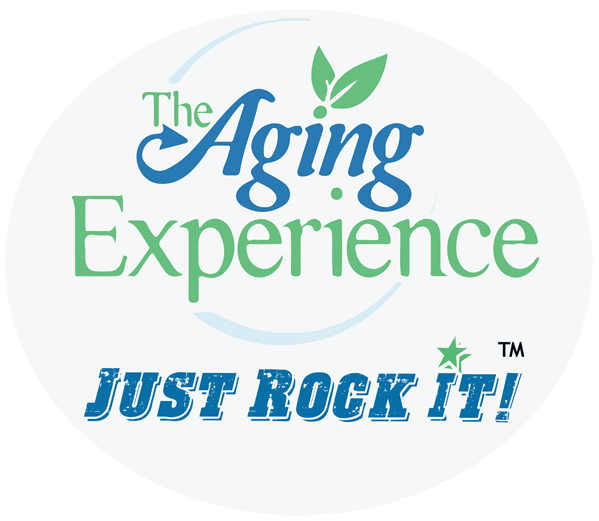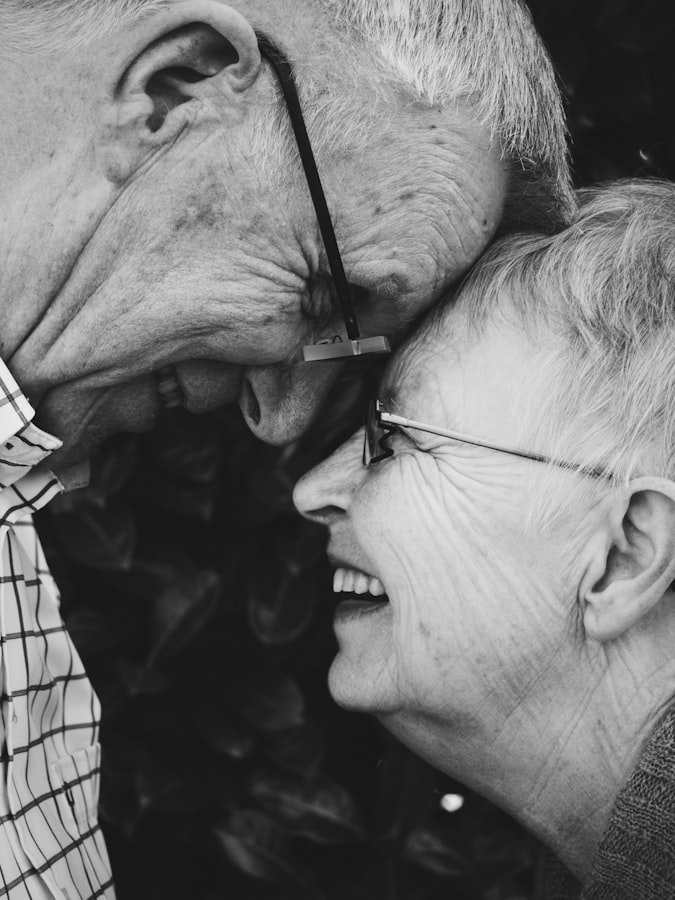Young Caregivers – Charlotte Today – April 5, 2018
Young Caregivers – A Startling Amount of Kids are Taking Care of Adults
This may surprise you but about 1.4 million children between ages 8 and 18 are caregivers nationwide. Most often, the family member is a parent or grandparent, with a condition such as Alzheimer’s disease or dementia; heart, lung or kidney disease; arthritis or diabetes. There are several reasons why we have so many young caregivers. In families with limited resources who are not eligible for or refuse home care, children become the default caregivers. The opioid crisis is another reason. The two biggest groups impacted are boomers and millennials. Researcher has shown that individuals born between 1947–1964 and between 1979–1992 are particularly afflicted. Boomer overdose deaths are 25 percent higher than others and Millennials 20 percent higher. While hospitalization rates among the elderly have declined, they have remained steady for other age groups. In fact, boomers have become the first generation that have entered their “golden” years in poorer health than their parents.
Podcast: Play in new window | Download
Subscribe: Apple Podcasts | RSS
Music Therapy Improves Dementia – Try My Concerts at Home – Smilecast 114
Music Therapy Through One on One Concerts
Personalized music therapy may help decrease antipsychotic use and improve dementia symptoms in individuals with dementia according to a new study in the American Journal of Geriatric Psychiatry.
“Results from this study offer the first evidence that the M&M [Music and Memory] individualized music therapy program may be associated with reductions in antipsychotic and anxiolytic medication use as well as improvement in behavioral and psychological symptoms of dementia among nursing home residents with ADRD,” wrote first author Kali Thomas, PhD, MA, of Brown University School of Public Health, (Providence, RI), and colleagues.
The M&M program became famous in the movie Alive Inside. My custom concerts for individuals, endorsed by Teepa Snow, pretty much accomplishes the same thing. I stream live concerts over the Internet that can be viewed on smart TVs, computers, and mobile devices.
It is a one to one concert that you can gift to an older adult friend or relative. Imagine sparking very specific memories based on the songs that they choose. Then add a relaxed conversation where we can call attention to a birthday, a milestone, or anything that would make your loved one perk up. It takes the premise of the M&M music therapy program but adds to it.
Podcast: Play in new window | Download
Subscribe: Apple Podcasts | RSS
Getting Outdoors – How to Bring Nature into Your Life Daily
The Outdoors and Your All Important Health
In what’s shaping up to be a great development for seniors, the cap on physical therapy under medicare is set to be lifted, potentially improving the welfare of millions of seniors, according to NPR. This has the knock on effect of improving independence and what could be a crucial factor – being able to get outside.
The great outdoors and its natural environments, when brought into the home and into regular contact, can benefit health in great ways just like eating the right food. Here’s why, and how you can bring nature into your life on a regular basis.
Bringing the outdoors into the home
It’s accepted that for many seniors, getting out and about outdoors isn’t feasible on most days of the week. A study reported by CNN found that living near nature could prolong life by as much as 12%. However, what this study found was that it doesn’t mean you need to be able to walk out of your front door and into the forest. Instead, just having elements of nature in and around your home like front and back garden water features and vegetation around your home can give a sense of well being that brings dividends. You can bring nature into your home and benefit just as much as actually going out on the trail.
Having a clear mind and your health
One of the most oft cited benefits of nature is that it provides a sense of relaxation. The sounds and smells of nature are just that – natural – and can help to alleviate fears in the mind and body. Techniques like meditation and mindfulness follow much the same idea. They seek to isolate your body’s natural rhythms and to push thoughts away for a time, allowing you space to relax. Harvard Health found that mindfulness meditation may ease anxiety and stress, and the outdoors and natural environments are the perfect host to such pastimes. This is especially important today, as Mental Health America have found that nearly 6% of America’s seniors are diagnosed with a form of depression or anxiety.
Your physical body and the outdoors
Even the most gentle outdoors trail in America will be a testing physical exercise. While you might not move that fast, or that high, the often uneven ground and range of steps make for a full-body workout. Even in the home, getting involved with nature and gardening is a great way for seniors to stay physically well – and has the bonus effect of inspiring psychological health through the sense of accomplishment and challenge it provides. A study by the American Society for Horticultural Science even found that gardening could provide ‘high to moderate’ physical activity.
The great outdoors can present itself in the home and outside, and further afield through trails, treks, mountains and valleys. Even taken at a slow pace in the home, building a connection with nature will be of benefit to your all round health.
Young Caregivers – Charlotte Today – April 5, 2018
Young Caregivers – A Startling Amount of Kids are Taking Care of Adults
This may surprise you but about 1.4 million children between ages 8 and 18 are caregivers nationwide. Most often, the family member is a parent or grandparent, with a condition such as Alzheimer’s disease or dementia; heart, lung or kidney disease; arthritis or diabetes. There are several reasons why we have so many young caregivers. In families with limited resources who are not eligible for or refuse home care, children become the default caregivers. The opioid crisis is another reason. The two biggest groups impacted are boomers and millennials. Researcher has shown that individuals born between 1947–1964 and between 1979–1992 are particularly afflicted. Boomer overdose deaths are 25 percent higher than others and Millennials 20 percent higher. While hospitalization rates among the elderly have declined, they have remained steady for other age groups. In fact, boomers have become the first generation that have entered their “golden” years in poorer health than their parents.
Charlotte Today Young Caregivers from Anthony Cirillo on Vimeo.
Our Friday Song of the Week – Only Want to Be With You
Our Friday Song of the Week – Only Want to Be With You










